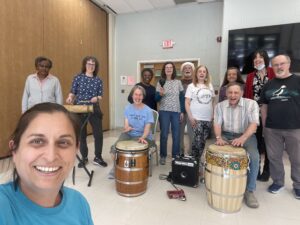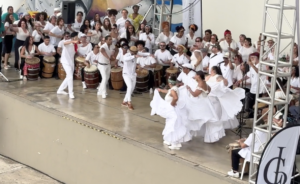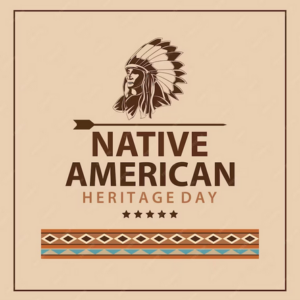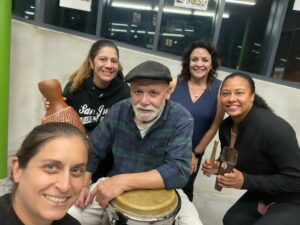
There has been a lot of buzz about saving the bees lately. Beekeepers, environmental groups, farmers (who rely on the bees to pollinate up to 80% of their flowering crops), and even mainstream media outlets are all reporting a shocking decline in the bee population, especially honeybees, in North America and many regions of Europe.
Colony Collapse Disorder, or CCD, occurs when whole hives suddenly disappear. This especially affects the agricultural industry and our industrial food supply system, as honeybees pollinate over $15 billion pounds of fruits and vegetables per year in America alone, about 30% of all the food we eat. CCD has been attributed to pesticides acting as neurotoxins, veroa mites and insect diseases, malnutrition, genetically modified crops with pest control characteristics, increased use of systemic pesticides (pesticides that are absorbed into the plant material), environmental stressors including those due to being shipped across the country as agriculture work insects and even cell phone radiation.
It’s not limited to honeybees. Some native bees, including some species of bumble bees, and other pollinators are also experiencing population declines. However, many species of native bees have proven to be more resilient and have not experienced population declines at the same level as non-native honeybees. Gardeners, small farmers, supporters of strong local food systems and many eco-conscious people have voiced a concern over the issue of saving the bees and helping to promote the health of the native bee population.

There is a wealth of information available online about the importance of bees, the emergence of Colony Collapse Disorder, petitions for legislation against toxic pesticides, sustainable farming and homesteading practices that can help support the health of bees and their ecosystems. In fact, the quick spread of information about the danger that some species of bees are in has spawned a movement of urban and suburban small-scale, local, holistic beekeepers. But the simplest, easiest way that anyone and everyone can help to save and support the bees is by feeding them wholesome, chemical free food, in the form of plants!
Since bees travel over five miles to forage for food, you don’t have to live near or know a beekeeper or have a nest or hive on your property to help them. If you plant them some food, they will travel and find it! You don’t need to have a full garden, even just a few plants placed outside in pots in the summertime can help.
For all of our friends interested in helping the bees, D.I.Y. style, we compiled a list of some plants that are attractive and beneficial to bees, but also have a second use for you. All of these flowers and veggies must be single varieties, so check your seed packs. Happy planting!
PLANTS FOR THE BEES (with second uses for us)
FLOWERS
- Sunflowers feed bees and people
- Hollyhocks-black hollyhocks make dark gray dye
- Roses-rosehips can be collected and used for tea and syrup, high in Vitamin C
- Sunflowers-seeds can be edible and made into oil, make sure the variety you plant has pollen
- Honeysuckle-decorative, aromatic, sweet snack when blooming
- Wildflowers-decorative, cut flowers
- Dandelion-all parts are edible and medicinal, coffee substitute, dandelion wine
TREES-produce oxygen
- Nut Trees-edible, repopulate native nut trees
- Redbud-edible bud, flowering tree

FRUITS-food
- Fruit trees-apple, prunes, plums, peaches, nectarines, cherries
- Strawberries-besides eating the berries, you can make tea from the leaves
- Blackberries
- Raspberries-like strawberries, you can also make tea from the leaves. This tea is especially good for women’s health.
VEGETABLES-let a few plants go to flower for feeding the bees and saving seeds, especially brassicas like radishes, kale, broccoli and mustards.
MEDICINAL AND CULINARY HERBS-let some flower for feeding bees and saving seed

- oregano
- mint
- lavender
- yarrow
- sage
- bergamot
- borage
- thai basil
- parsley
- cilantro
- chives
- dill
- hyssop
- lemongrass
- st. john’s wort
COVER CROP
- clover-green compost to help build soil
Have more suggestions for helping the bees by providing food and habitat? Leave them as a comment here and we will share them as resources!




